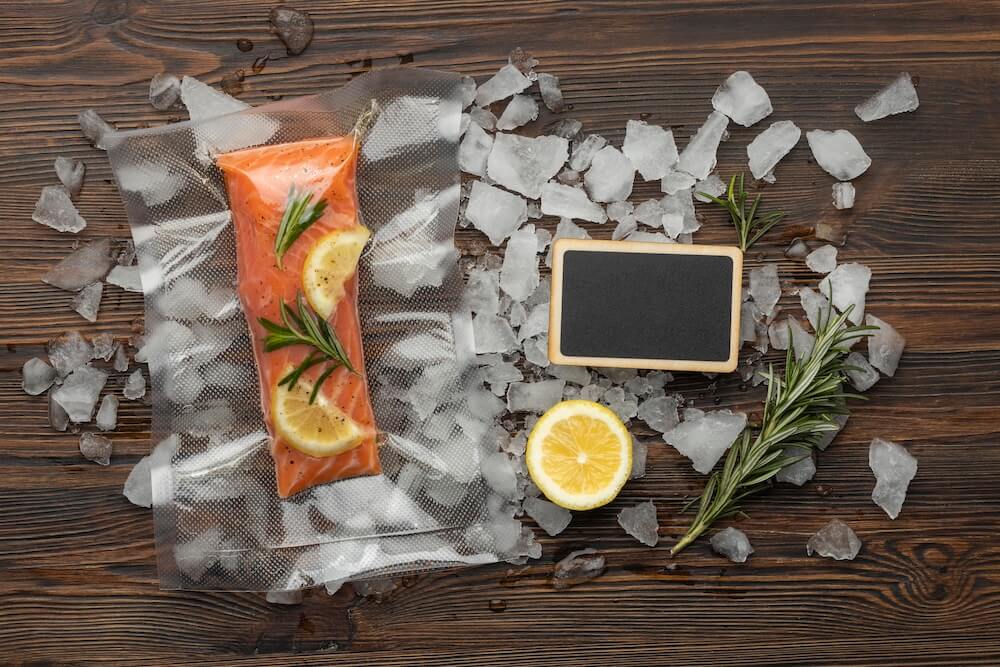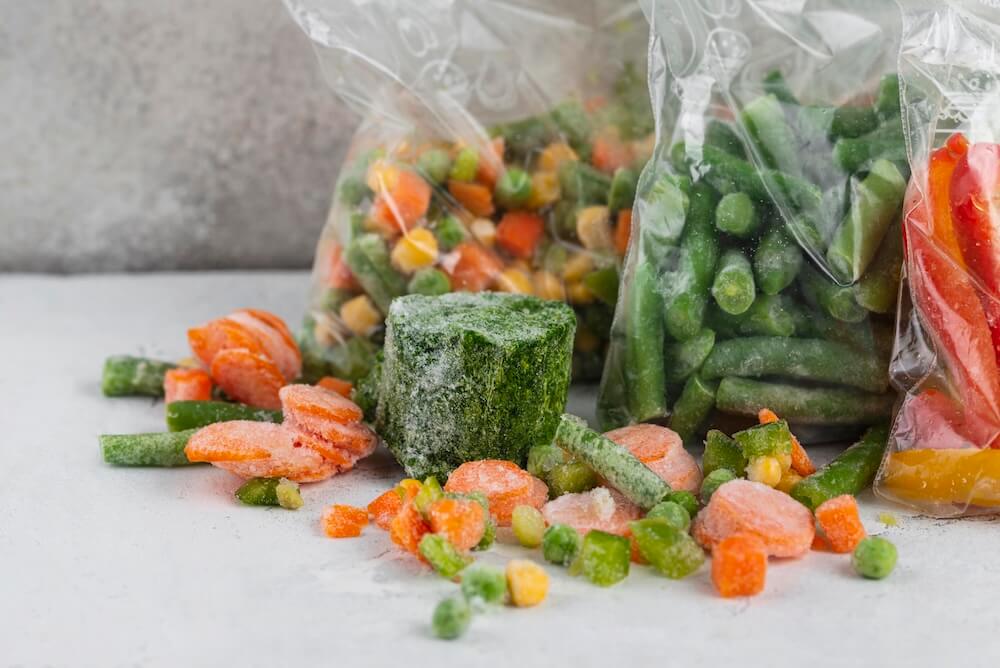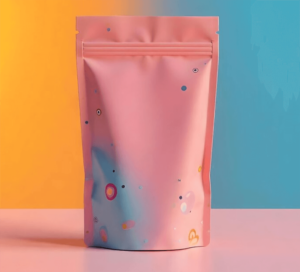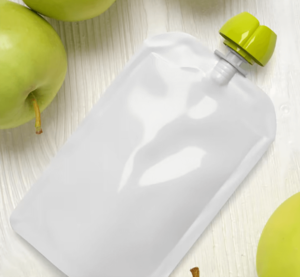Flexible packaging is making waves in many industries, and the frozen food sector is no exception. As consumer preferences shift and sustainability becomes a priority, traditional packaging materials are being replaced with more innovative, efficient solutions. Flexible packaging, such as pouches, bags, and films, is increasingly becoming the go-to option for frozen foods—and for good reason.
This blog will explore why flexible packaging is so popular in the frozen food industry and the benefits it brings to both manufacturers and consumers.
Why Flexible Packaging Is Gaining Popularity in Frozen Foods
Historically, frozen foods have been packaged in rigid containers—think plastic trays or cardboard boxes. While these have served their purpose, they have limitations. Enter flexible packaging: lightweight, versatile, and cost-effective. But why are frozen food companies switching to flexible packaging? Let’s take a look at some key factors driving this shift.

1. Longer Shelf Life and Fresher Products
Flexible packaging extends the shelf life of frozen foods. High-performance films with special coatings act as barriers against moisture, air, and light, which are the primary culprits behind food spoilage. With flexible pouches or bags, frozen foods stay fresher for longer, retaining their taste, texture, and nutritional value. For consumers, this means less food waste, while manufacturers can reduce returns caused by spoilage.
2. Convenience and Ease of Use
Today’s consumers crave convenience, and flexible packaging delivers just that. Many frozen foods are now packaged in resealable pouches or easy-tear bags. These packages are easy to open, portion out, and reseal, making it simpler to store leftover food in the freezer. Plus, they take up less space, making it easier to organize and access frozen meals or snacks. Whether it’s a single serving or a family-sized portion, flexible packaging offers consumers greater flexibility (pun intended) when it comes to using and storing frozen foods.
3. Sustainability: The Green Packaging Revolution
In a world increasingly focused on sustainability, flexible packaging is proving to be a much more eco-friendly option than traditional rigid packaging. Many flexible packaging materials are recyclable or even compostable, helping reduce waste. Moreover, some companies are leading the way by using post-consumer recycled (PCR) content in their packaging. In addition, the lightweight nature of flexible materials means they require less energy to produce and transport, which further cuts down on carbon emissions.

4. Lower Production and Shipping Costs
For manufacturers, flexible packaging is a cost-effective choice. It requires less raw material than rigid containers, and it’s lighter, reducing shipping costs. This is especially important in the frozen food sector, where bulk shipping is common. Flexible packaging also takes up less storage space in warehouses, allowing for greater efficiency in managing inventory. The reduced material and shipping costs ultimately translate into lower prices for consumers and higher profit margins for manufacturers.
5. Innovative and Eye-Catching Designs
When it comes to packaging, looks matter. Flexible packaging allows brands to get creative with their designs in a way that rigid packaging simply can’t. Stand-up pouches, for example, offer excellent visibility for the product, often with clear windows so consumers can see exactly what they’re buying. This not only makes the product more appealing but also builds trust. With flexible packaging, brands can also experiment with unique shapes, sizes, and finishes that catch the eye in crowded frozen food aisles.
6. Transparency and Consumer Trust
Another key advantage of flexible packaging is its ability to foster transparency with consumers. Many flexible packages now include clear windows, allowing customers to see the frozen food inside. This level of transparency helps establish trust, as customers feel more confident about the quality of the product they’re purchasing. Flexible packaging can also display vital information like expiration dates and storage instructions, making it easier for consumers to know exactly how to store and use the product.
Conclusion: Flexible Packaging is the Future of Frozen Food
Flexible packaging is transforming the frozen food industry. From extending shelf life and reducing food waste to offering greater convenience, lower costs, and more sustainable options, flexible packaging is a win-win for both consumers and manufacturers. The benefits are clear: frozen food brands that embrace flexible packaging can offer fresher products, better user experiences, and a smaller environmental footprint—all while reducing costs.
As consumers continue to demand more convenient, sustainable, and high-quality products, flexible packaging is positioned to become the new standard in the frozen food industry. Whether you’re a consumer or a manufacturer, it’s time to embrace the future of packaging. Flexible packaging is here to stay, and it’s making frozen food better for everyone involved.







